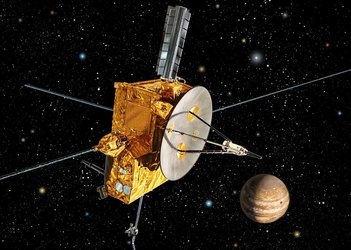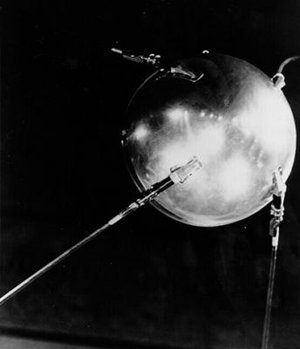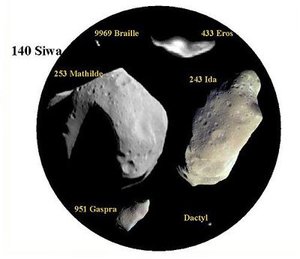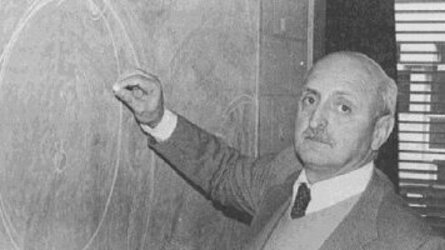8 October
1873: On 8 October 1873, Ejnar Hertzsprung was born.
Hertzsprung was a Danish astronomer who classified types of stars by relating their surface temperature (or colour) to their absolute brightness.
A few years later Russell illustrated this relationship graphically in what is now known as the Hertzsprung-Russell diagram, which has become fundamental to the study of stellar evolution.
1647: On 8 October 1647, Christian Longomontanus died.
A byname of Christian Severin, a Danish astronomer who is best known for his association with Tycho Brahe. He became the first professor of astronomy at the University of Copenhagen, and in 1610 he received funds for instruments and probably constructed a small observatory at his home. Longomontanus used Tycho's data to compile the Astronomia Danica (1622), an exposition of the Tychonic system, which holds that the Sun revolves around Earth and the other planets revolve around the Sun.
1604: On 8 October 1604, the supernova now called 'Kepler's nova' was first sighted in the constellation Ophiuchus, the Serpent Bearer. Kepler observed it from the time of its appearance as an apparently new star. It encouraged him to write The New Star in 1606.










